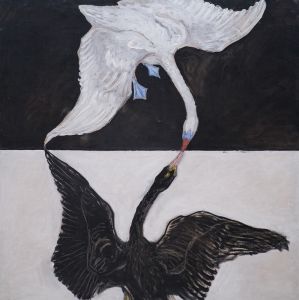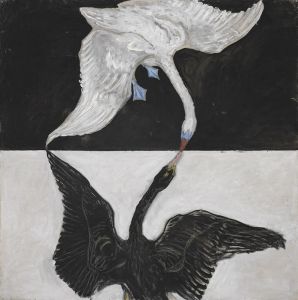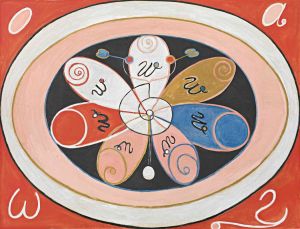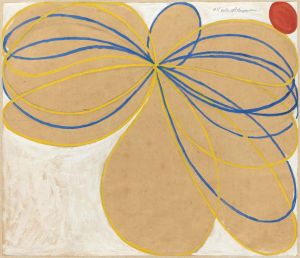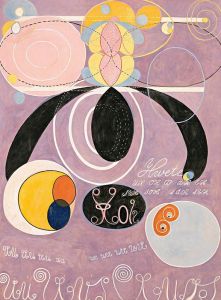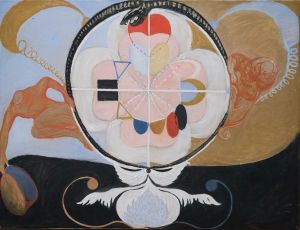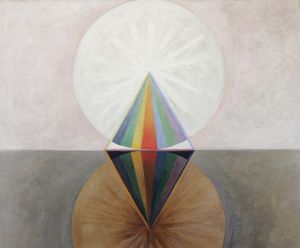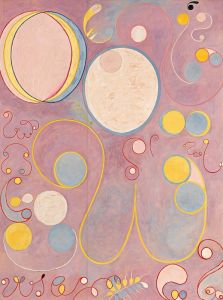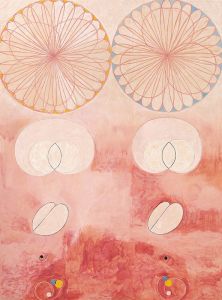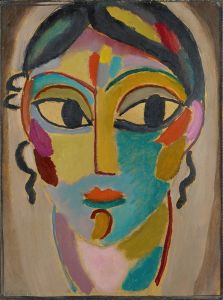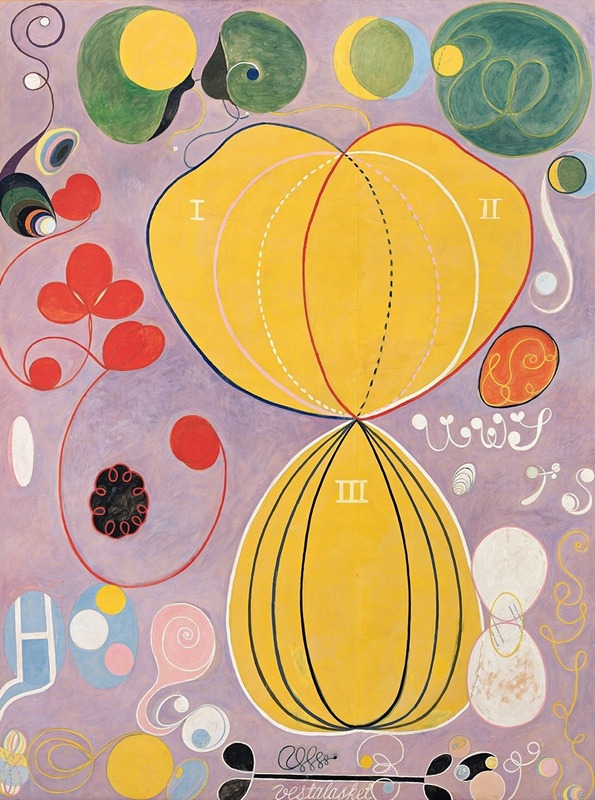
Group IV, No. 7, The Ten Largest, Adulthood
A hand-painted replica of Hilma af Klint’s masterpiece Group IV, No. 7, The Ten Largest, Adulthood, meticulously crafted by professional artists to capture the true essence of the original. Each piece is created with museum-quality canvas and rare mineral pigments, carefully painted by experienced artists with delicate brushstrokes and rich, layered colors to perfectly recreate the texture of the original artwork. Unlike machine-printed reproductions, this hand-painted version brings the painting to life, infused with the artist’s emotions and skill in every stroke. Whether for personal collection or home decoration, it instantly elevates the artistic atmosphere of any space.
Group IV, No. 7, The Ten Largest, Adulthood is a painting created by Swedish artist Hilma af Klint in 1907 as part of her groundbreaking series The Ten Largest. This series, consisting of ten monumental works, is a central component of af Klint's larger project titled Paintings for the Temple. The series explores the human life cycle, with each painting symbolizing a different stage of life. Adulthood represents the phase of maturity and development, following the earlier stages of childhood and youth depicted in the preceding works.
The painting is executed in tempera on paper and mounted on canvas, measuring approximately 3.15 meters in height and 2.40 meters in width. This large scale was highly unconventional for the time, especially for a woman artist working in the early 20th century. The monumental size of the work reflects af Klint's ambition to create art that transcended traditional boundaries and conveyed universal spiritual concepts.
Adulthood is characterized by vibrant colors, geometric shapes, and organic forms, which are hallmarks of af Klint's abstract style. The composition includes spirals, circles, and floral motifs, which are often interpreted as symbolic representations of growth, evolution, and the interconnectedness of life. The use of symmetry and repetition suggests a sense of balance and harmony, aligning with af Klint's interest in spiritual and philosophical ideas.
Hilma af Klint was deeply influenced by spiritual movements of her time, including Theosophy and Anthroposophy, which sought to bridge the gap between science, religion, and art. Her work was not intended for public display during her lifetime, as she believed it would not be understood by her contemporaries. She stipulated that her paintings should not be shown until at least 20 years after her death. As a result, her work remained largely unknown until the late 20th century, when it began to gain recognition for its pioneering role in the development of abstract art.
Today, The Ten Largest series, including Adulthood, is celebrated as a significant achievement in modern art. These works challenge traditional narratives of art history, as they predate the abstract compositions of artists like Wassily Kandinsky, Kazimir Malevich, and Piet Mondrian. Adulthood and the other paintings in the series are housed in the collection of the Hilma af Klint Foundation and have been exhibited in major museums and galleries worldwide, contributing to a reevaluation of af Klint's legacy as a visionary artist.





